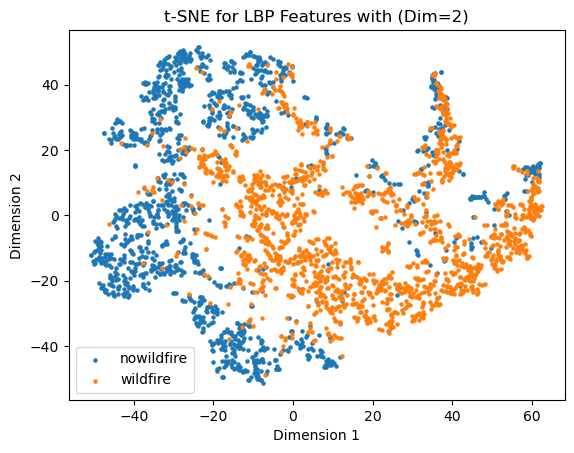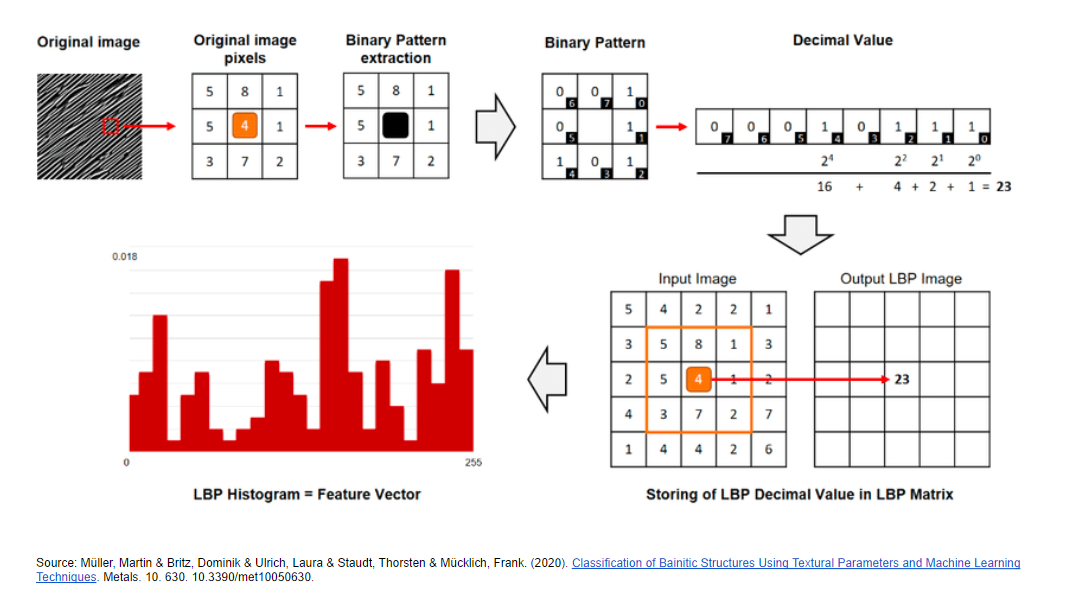Feature Engineering
Feature engineering is a critical step in the preprocessing of data for computer vision tasks, particularly when dealing with complex datasets such as satellite imagery. In the given context, various feature extraction methods were explored, including raw pixel values, Histogram of Oriented Gradients (HOG), Local Binary Patterns (LBP), and edge features.
Dimensionality Reduction
Initially, raw pixel values were considered for feature extraction. However, this approach was found to be memory-intensive. To address this, Principal Component Analysis (PCA) was conducted, revealing that over 512 principal components were required to capture more than 80% of the explained variance. Despite this, the compression ratio with 512 principal components was nearly 1, indicating negligible compression and substantial memory usage. This implies raw pixel value feature with PCA is not very efficient to represent the satellite images.

Feature Extraction
Subsequently, alternative features were examined, namely HOG, edge detection, and LBP. LBP emerged as the most effective, demonstrating the ability to distinctly segregate positive samples from negative ones in the t-SNE visualization. Furthermore, LBP significantly reduced the feature dimensionality from 367,000 to just 9, which not only facilitated a considerable reduction in model training time but also improved computational efficiency. This efficiency is pivotal in deploying machine learning models in real-world scenarios where quick and reliable predictions are necessary, such as wildfire detection using satellite images.

